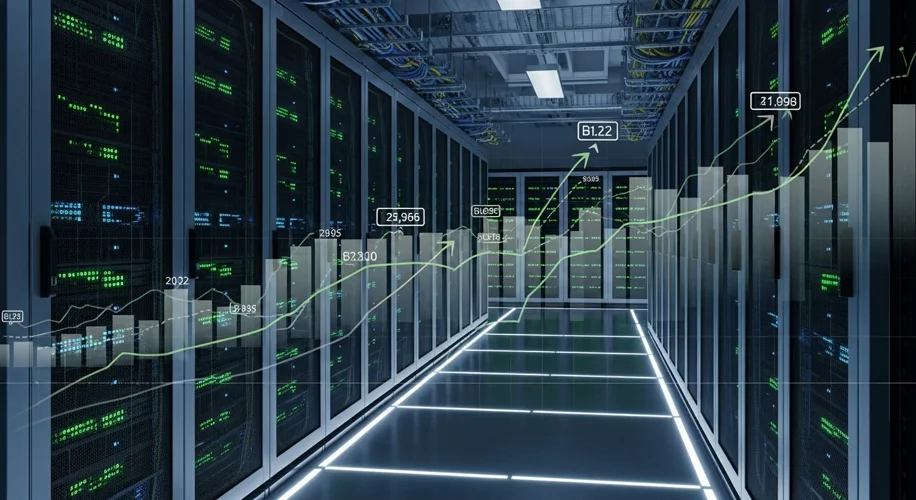As someone who’s spent decades in the tech industry, I’ve seen my share of innovations. But the current explosion in Artificial Intelligence feels different. It’s not just about smarter software; it’s about a fundamental shift in how we use energy, and that has a direct impact on our wallets.
Think about it: AI, especially the kind that powers advanced models like those used for complex problem-solving or creative generation, requires a massive amount of computing power. And computing power, at its core, runs on electricity.
We’re talking about data centers – those vast, humming buildings filled with servers. These facilities are the engine rooms of AI. They need to be kept cool, and the servers themselves need constant power to perform calculations. The more sophisticated and widely used AI becomes, the more these data centers need to operate, and the more electricity they consume.
It’s a simple equation: increased demand for AI processing means increased demand for electricity. This surge in demand, especially when it outpaces the existing supply or requires upgrades to the grid, can naturally lead to higher prices for everyone.
Consider the numbers. While precise figures are always evolving, reports from energy industry analysts suggest that the electricity demand from AI and data centers is set to climb significantly in the coming years. Some projections indicate a doubling or even tripling of electricity consumption by data centers in the next five years, with AI being a major driver.
This isn’t just a future problem. We’re already seeing the effects. Utilities in areas with a high concentration of data centers are reporting increased load and are planning for substantial capacity upgrades. These infrastructure investments, naturally, get passed on. So, that Netflix binge, your smart home devices, and even the AI assistant helping you draft an email – they all contribute to a larger energy footprint.
From my perspective, this is a crucial moment for us to think critically about our energy consumption and the infrastructure supporting these new technologies. It’s not about halting progress, but about being smart and forward-thinking.
What can be done? Investing in more energy-efficient AI hardware and software is paramount. Developing AI models that require less computational power without sacrificing performance could also make a significant difference. Furthermore, exploring and expanding renewable energy sources to power these data centers is not just an environmental imperative but an economic one, potentially mitigating the volatility of energy costs.
As consumers, while our individual impact might seem small, collective awareness and the push for more sustainable tech practices matter. The AI revolution is here, and it’s clear it brings with it new challenges, including the very real possibility of higher energy bills. Understanding this connection is the first step in navigating this evolving landscape.

